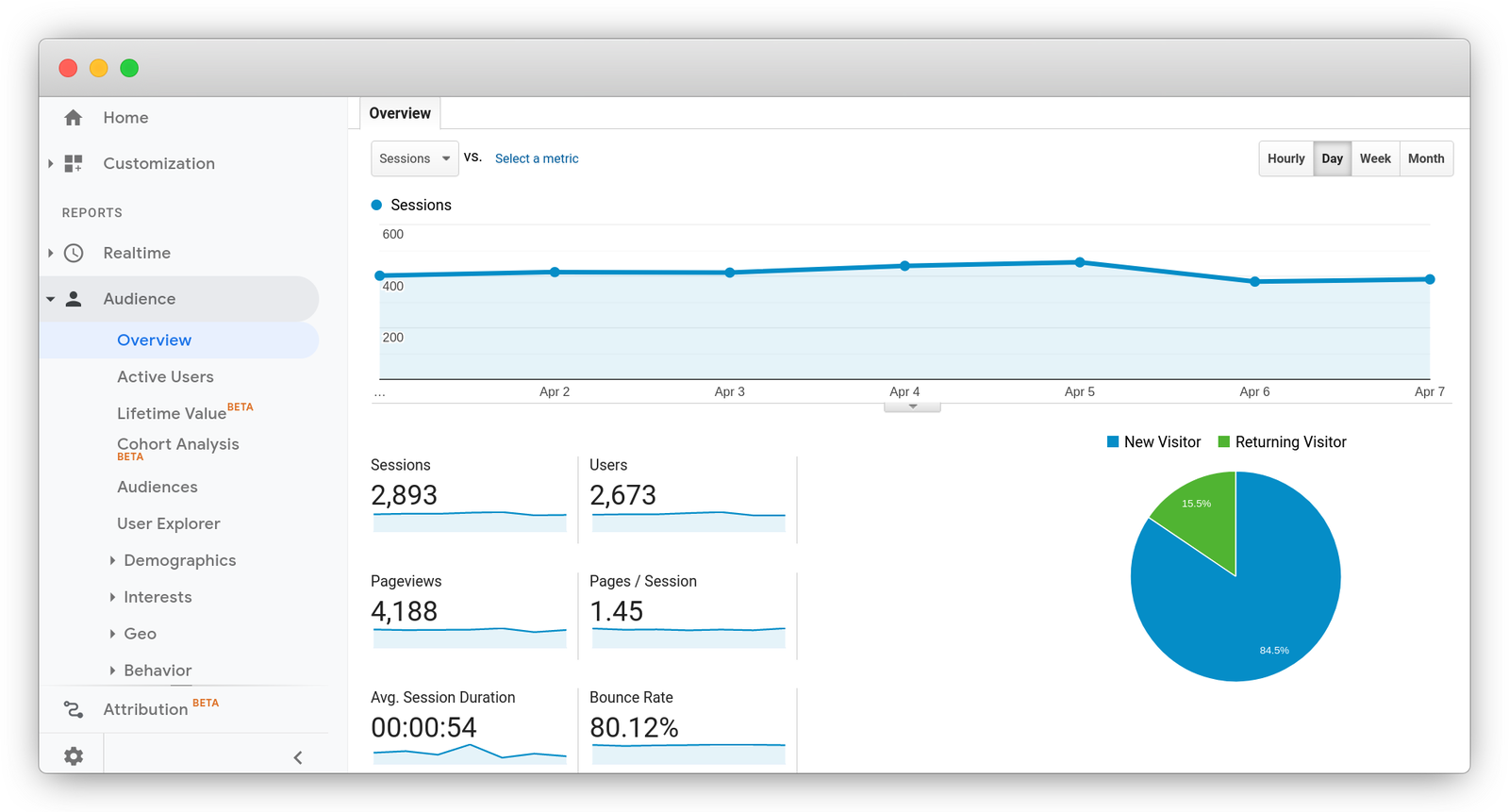Key Factors To Consider for Online Marketers: When Does the Google Analytics Tracking Code Send an Event Hit to Analytics?
Key Factors To Consider for Online Marketers: When Does the Google Analytics Tracking Code Send an Event Hit to Analytics?
Blog Article
Master Internet Site Insights With Accurate Google Analytics Tracking Code
The reliable application of Google Analytics rests on the accurate application of its tracking code, an essential step typically ignored by site owners. This relatively basic JavaScript bit, when appropriately positioned, comes to be the foundation of information collection, giving understandings right into individual habits and internet site efficiency. Nevertheless, challenges can develop throughout arrangement, potentially skewing the information and leading to mistaken decisions. Comprehending these ins and outs is crucial for making the most of the benefits of analytics. What are the common pitfalls that could threaten your tracking initiatives, and how can you make certain accuracy in your approach?
Understanding Google Analytics Basics
Google Analytics is a crucial device for web site owners and marketers, supplying vital understandings right into user actions and web site performance. At its core, Google Analytics gathers information concerning visitors to a web site, enabling customers to evaluate metrics such as traffic resources, customer interaction, and conversion prices. Understanding these fundamentals is vital for optimizing a website's performance and enhancing customer experience.
The platform utilizes cookies to track communications, videotaping information such as page views, session durations, and bounce rates. This details is accumulated and presented through personalized dashboards, allowing individuals to envision trends gradually. Trick efficiency indications (KPIs) can be kept track of, such as the overall variety of customers, brand-new versus returning visitors, and the geographic circulation of the audience.
Additionally, Google Analytics uses division attributes, allowing users to isolate specific traffic sources or user demographics for more targeted evaluation. By mastering these foundational components, internet site proprietors can make enlightened choices regarding content method, advertising campaigns, and overall website improvements. Ultimately, understanding Google Analytics fundamentals is vital for leveraging data to drive growth and attain business objectives properly.
Establishing Up Your Tracking Code

Replicate the supplied tracking code and paste it right into the HTML of your website. This ensures that the monitoring code tons before any other web content, enabling it to capture information precisely.
After installation, validate that the tracking code is operating properly by utilizing Google Tag Aide or the Real-Time records in Google Analytics - when does the google analytics tracking code send an event hit to analytics?. This step is necessary to validate that your information collection is accurate and energetic, setting the structure for insightful evaluation
Usual Monitoring Code Issues
Numerous internet site owners experience common problems with their Google Analytics tracking code that can impede information collection and analysis. One prevalent problem is improper installation. This might occur when the monitoring code is positioned in the wrong area of the site's HTML, often bring about incomplete or absent information. Additionally, having numerous circumstances of the monitoring code on a single page can cause inflated metrics, as individual communications could be counted much more than as soon as.
One more concern arises from making use of ad blockers, which can prevent the tracking code from executing altogether, hence skewing information. when does the google analytics tracking code send an event hit to analytics?. Furthermore, failure to set up filters correctly can result in the exclusion of necessary web traffic sources or the inclusion of undesirable referral spam, distorting the data collected
Website owners might also overlook the significance of tracking code updates, especially when migrating to Google Analytics 4 (GA4) from Universal Analytics. Finally, inadequate testing before introducing modifications can lead to undiscovered errors in the tracking code, even more complicating information dependability. Addressing these usual concerns is critical for guaranteeing exact tracking and insightful analytics.
Studying Internet Site Information Properly
Exact data collection is only the primary step in leveraging Google Analytics; the genuine worth exists in properly assessing that data to drive informed decision-making. To achieve this, it is important to recognize essential performance indications (KPIs) that align with your service goals. Focus on metrics such as conversion prices, user engagement, and traffic resources, as these will give understandings right into user habits and the overall effectiveness of your website.
Using Google Analytics' segmentation functions enables a deeper understanding of your target market. By breaking down data right into particular demographics, behaviors, and web traffic networks, you can discover trends and patterns that notify targeted strategies. Applying customized records and dashboards can simplify this process, enabling fast access to significant information.
Additionally, routinely assessing information trends in time assists to determine abnormalities and opportunities for renovation. Utilize visualization tools to present data in More Bonuses a conveniently digestible format, helping with more effective communication with stakeholders. Eventually, the capacity to evaluate website data effectively equips organizations to make calculated decisions that enhance customer hop over to these guys experience, maximize advertising initiatives, and drive growth.

Best Practices for Accurate Monitoring
Executing reliable tracking methods is critical for getting trusted information in Google Analytics. To ensure accurate tracking, begin by properly mounting the Google Analytics tracking code on every page of your web site. This can be accomplished with a tag manager or by straight embedding the code into the HTML.
Following, configure your Google Analytics account to leave out inner traffic. This can be done by establishing up filters that determine and eliminate check outs from your company's IP address, thus protecting against manipulated data. Additionally, make use of event monitoring to keep track of details individual communications, such as downloads or video clip plays, which common page sights may neglect.
On a regular basis investigate your monitoring configuration to validate that all functions, such as goals and ecommerce monitoring, are operating appropriately. Establish a regular identifying convention for your events and projects to assist in easier reporting and analysis.
Finally, think about leveraging UTM specifications for campaigns to gain understandings into the efficiency of various advertising efforts. By following these best practices, you can improve the accuracy of your information collection and evaluation, ultimately causing even more enlightened decision-making for your web site.
Verdict
By making certain the monitoring code is properly positioned and on a regular basis audited, web site owners can catch essential individual communication data, therefore promoting the identification of key efficiency indicators. Eventually, a durable tracking structure boosts the capability to drive engagement and improve total website performance.

Insufficient screening prior to introducing changes can result in unnoticed errors in the tracking code, better try this making complex information dependability.Carrying out effective monitoring methods is vital for getting reliable data in Google Analytics. By ensuring the tracking code is appropriately put and on a regular basis audited, web site proprietors can capture essential individual interaction data, hence assisting in the identification of crucial performance signs.
Report this page